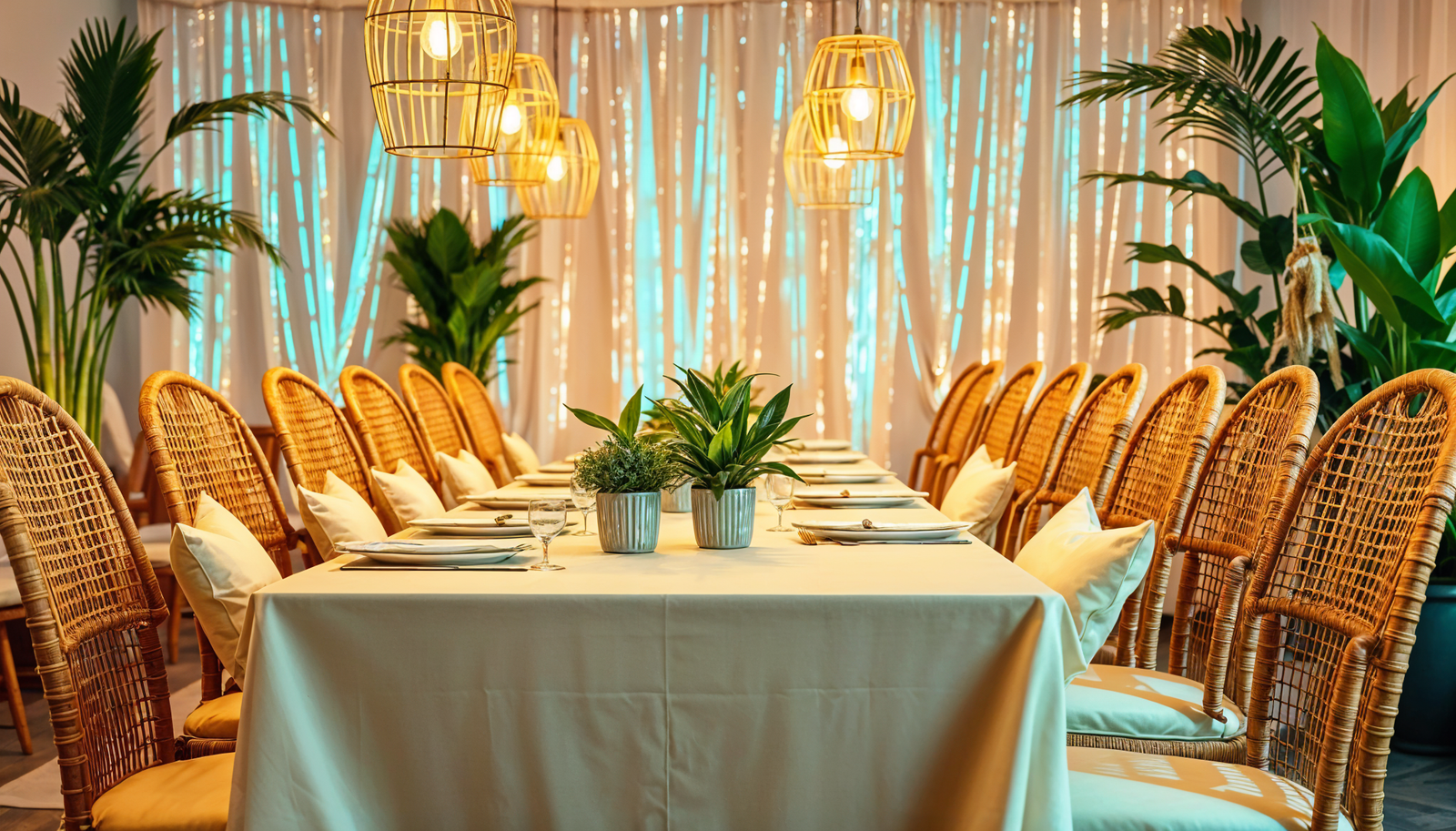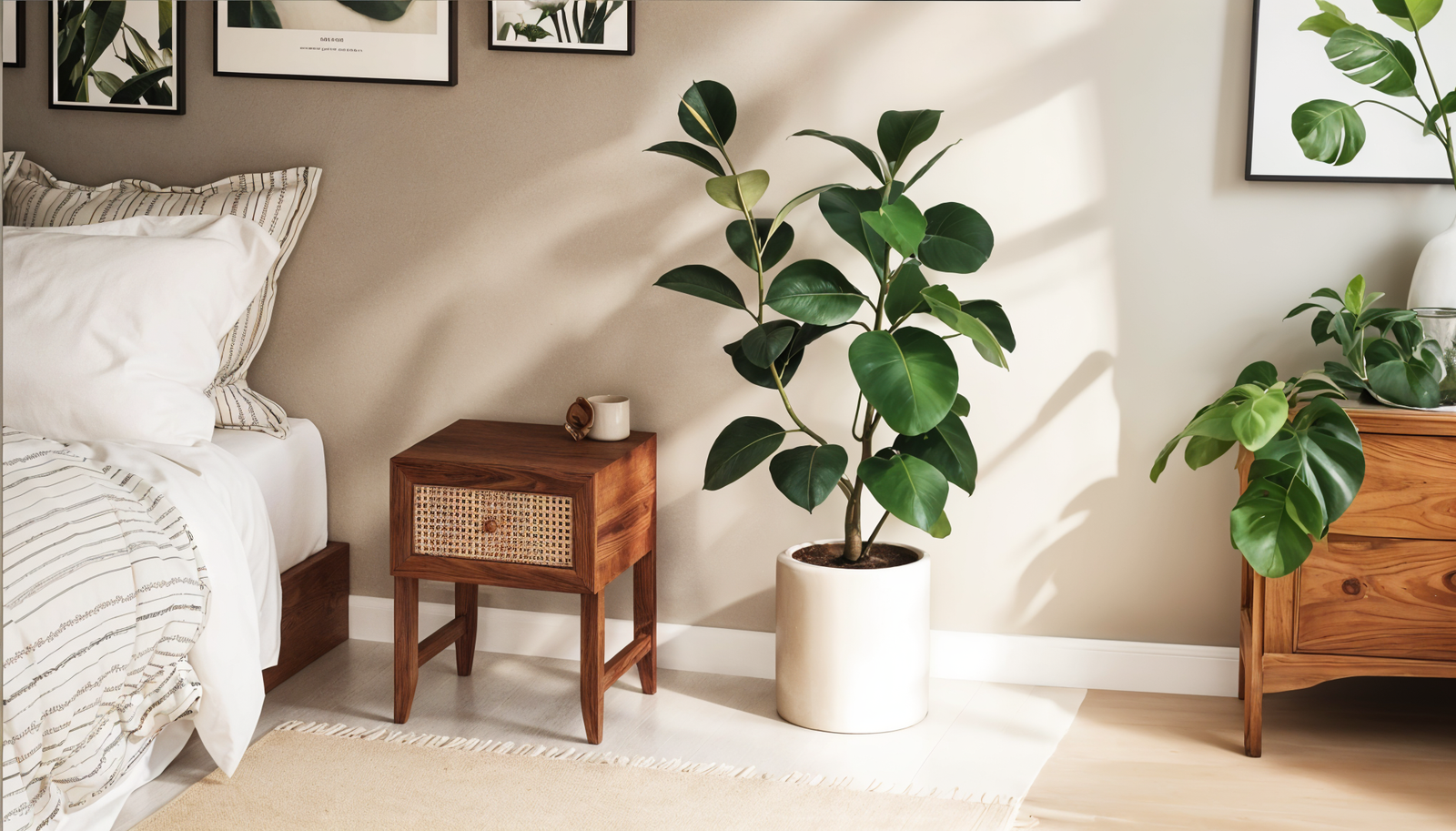🤍 Unmatched Quality, Authentic Craftsmanship
🤍 Unmatched Quality, Authentic Craftsmanship
🤍 Unmatched Quality, Authentic Craftsmanship
If you're drawn to the simplicity and natural elements of Japandi style but want to explore other design aesthetics, you're in the right place.
In this article, we'll take a closer look at different styles that share similarities with Japandi.
From minimalist design to functional spaces, we'll uncover alternative aesthetics that can inspire your home decor.
Let's dive in and discover the various design styles that echo Japandi's harmonious blend of Japanese minimalism and Scandinavian simplicity.

In this section, we will take a deep dive into related aesthetics that are similar to Japandi style.
This aesthetics share some common elements with Japandi, such as minimalist design, a focus on natural materials, and a clean, clutter-free aesthetic.
By exploring this related aesthetics, you can discover alternative styles that resonate with your personal taste while still capturing the essence of Japandi's harmony and simplicity.
The Bauhaus style emerged in the early 20th century and is known for its minimalist functionality and clean lines.
The Bauhaus movement was a school that aimed to integrate art, craftsmanship, and technology to create functional and aesthetically pleasing designs.

One of the lasting contributions of the Bauhaus movement is its iconic furniture designs.
Bauhaus furniture is characterized by its simplicity, geometric shapes, and use of modern materials.
These designs continue to be celebrated for their timeless elegance and innovative approach.
Modern Bauhaus design continues to evolve while staying true to its minimalist roots.
Today, Bauhaus-inspired interiors often feature a mix of neutral tones, such as white, gray, and black, with a splash of vibrant colors to add visual interest and create focal points in the space.
By incorporating pops of color through accents, artwork, or furniture, modern Bauhaus design maintains its timeless appeal while infusing a touch of contemporary style.
The underlying principle of Bauhaus design is that form follows function.
This means that the design of an object should be determined by its intended purpose and functionality.
Unnecessary ornamentation is eliminated in favor of simplicity, clean lines, and functionality.
By prioritizing the purpose and practicality of a design, the Bauhaus approach creates objects that are not only visually pleasing but also highly functional and efficient.
Bauhaus style continues to shape the world of design, influencing contemporary aesthetics and inspiring designers to create minimalist, functional, and aesthetically pleasing spaces.
Minimalistic spaces are characterized by their purity and serenity in design.
This style embraces simplicity, clean lines, and a decluttered aesthetic.
The focus is on removing excess and creating a sense of calm and equilibrium in the space.
Minimalistic spaces often have a neutral color palette, with white and light tones dominating the decor.
The use of natural materials and minimalist furniture further enhances the sense of purity and serenity.
By eliminating unnecessary elements, minimalistic spaces create an environment that promotes relaxation and mindfulness.
When it comes to design, embracing tradition means striking a delicate balance between classic decor and modern sensibilities.
This style combines the elegance and timeless appeal of traditional elements with a contemporary twist, resulting in a harmonious and sophisticated aesthetic.

Incorporating traditional influences into your home decor doesn't mean being stuck in the past.
By balancing old and new furniture and accessories, you can create a space that seamlessly blends antique or vintage pieces with modern designs.
This juxtaposition of styles adds depth and character to your living spaces, creating a truly unique and personalized atmosphere that reflects your taste.
For example, you can pair an antique wooden dining table with sleek, modern chairs or place a vintage armchair in a room adorned with contemporary artwork.
By combining elements from different eras, you achieve a visually engaging and dynamic aesthetic that combines the best of both worlds.
Timeless textiles play a crucial role in incorporating classic decor into your modern design.
By incorporating classic patterns and fabrics, you can add a touch of elegance and sophistication to your space while maintaining a contemporary feel.
Consider using fabrics with classic patterns, such as herringbone, damask, or toile, to upholster furniture or create statement curtains.
These patterns have stood the test of time and can effortlessly elevate the overall aesthetic of your room.
Additionally, incorporating classic fabrics like velvet, silk, or linen in your upholstery, pillows, or bedding can add a sense of luxury and timelessness to your decor.
These textiles are not only visually appealing but also have a tactile quality that adds depth and texture to your space.
By embracing tradition and incorporating classic decor with modern sensibilities, you can create a space that is both timeless and contemporary.
The careful balance between old and new elements, as well as the use of timeless textiles, allows you to create a sophisticated and harmonious living environment that reflects your unique style and personality.
Industrial design draws inspiration from the unfinished rawness of industrial aesthetics.
This style celebrates exposed brick walls, raw materials, and a utilitarian approach to design.
It embraces the characteristics of factories and warehouses, incorporating elements such as metal accents, distressed wood, and utilitarian furniture.
The result is a parallel to Japandi style's emphasis on simplicity and functional design.
Industrial design adds a touch of ruggedness and rustic charm to spaces, creating an edgy and unique ambiance.

Scandinavian design has had a profound impact on Japandi style, with its emphasis on modern simplicity.
The Scandinavian influence brings a unique aesthetic to Japandi-inspired spaces, characterized by clean lines, functional design, and a sense of calm and tranquility.
Light and wood play integral roles in creating the distinctive ambience of Scandinavian interiors.
Natural light is a key element, creating bright and airy spaces that evoke a sense of openness and serenity.
Light-colored or blonde woods, such as birch and pine, are favored for furniture and flooring, adding warmth and a natural touch to the overall design.

Hygge, a fundamental concept in Nordic design, embodies a feeling of comfort, coziness, and well-being.
It emphasizes creating spaces that promote relaxation and a sense of connection.
In Japandi style, the incorporation of hygge brings an added layer of warmth and contentment, embracing a holistic approach to design that goes beyond aesthetics.
The rustic charm of a country home exudes comfort, warmth, and a connection to nature.
This style embraces natural materials, such as wood and stone, and incorporates earthy tones into the decor.
The use of vintage accents adds a touch of nostalgia and storytelling to the space.
From weathered signs to woven baskets and traditional textiles, these elements create a cozy and inviting ambiance reminiscent of Japandi's emphasis on natural elements and simplicity.

Retro vibes bring a touch of nostalgia and a sense of timelessness to spaces.
Incorporating mid-century furniture and decor into Japandi-inspired spaces adds a retro flair while maintaining a sense of harmony and simplicity.
Mid-century pieces, in particular, resonate with Japandi style, as they share a similar emphasis on clean lines, functional design, and a minimalist aesthetic.
Coastal comforts offer a relaxed and serene living environment, often characterized by a natural palette and nautical inspirations.
This style brings the seaside indoors with its use of light wood, linen fabrics, and ocean-inspired colors.
The materials used in coastal decor echo the elements found in Japandi style, creating a seamless connection between the two aesthetics.
Coastal comforts provide a tranquil and inviting atmosphere, perfect for those seeking a soothing retreat.
When it comes to coastal comforts, nautical inspirations play a key role in creating a sense of serenity and connection to the sea.
This aesthetic draws inspiration from the colors, textures, and motifs associated with coastal living, such as navy blues, crisp whites, and natural fibers.
By incorporating elements like seashells, rope accents, and striped patterns, the design captures the essence of the seaside.
It's like bringing the calming waves and gentle breezes indoors.

In coastal decor, light woods and linen fabrics are integral to achieving the desired aesthetic and echoing the elements of Japandi style.
Light-colored woods, such as pine or oak, provide a sense of warmth and create a connection to nature.
When paired with linen fabrics, known for their natural texture and breathability, the combination creates a harmonious blend of functionality and comfort.
These materials not only enhance the natural palette but also add a touch of elegance and refinement to coastal spaces.
| Coastal Comforts | Japandi Style |
|---|---|
| Relaxed and serene living environment | Harmony and simplicity |
| Natural palette and nautical inspirations | Minimalist design and natural elements |
| Light woods and linen fabrics | Functional design and natural materials |
Bohemian flair brings a clash of culture and color to minimalist design.
This style embraces mixing patterns and textures in a boho setting, creating a vibrant and eclectic aesthetic.
When bohemian decor meets Japanese simplicity, it results in a unique fusion of worldly influences and minimalism.
This combination offers a space that is rich in cultural references while still maintaining the simplicity and balance of Japandi style.
One of the defining characteristics of bohemian flair is the art of mixing patterns and textures.
This style encourages the juxtaposition of bold prints, such as paisley, tribal, and floral designs, with intricate textures like macramé, fringe, and woven fabrics.
By combining these elements, a boho setting comes to life, creating a visually captivating and dynamic space.

Embracing a bohemian flair in your decor allows you to embark on a global journey without leaving your home.
This style draws inspiration from various cultures around the world, incorporating elements such as Turkish rugs, Moroccan lanterns, African textiles, and Indian tapestries.
When these worldly decor pieces meet Japanese simplicity, they create a harmonious and balanced aesthetic that celebrates the beauty of different cultures.
Now that you have read the above article, maybe you still have a couple of questions on this topic, so we will answer these questions below.
Japandi style combines the simplicity and functionality of Japanese minimalism with the warmth and natural elements of Scandinavian design.
Some similar design aesthetics to Japandi style include Bauhaus, minimalistic spaces, embracing tradition, industrial design, Scandinavian influence, rustic charm, retro vibes, coastal comforts, and bohemian flair.
The Bauhaus style emerged in the early 20th century and is known for its minimalist functionality and clean lines.
It emphasizes the importance of functionality and simplicity in design.
In conclusion, Japandi style offers a harmonious blend of Japanese minimalism and Scandinavian simplicity.
This unique aesthetic creates harmonious spaces that are both functional and visually appealing.
However, if you're searching for alternative aesthetics that resonate with Japandi's ethos, there are several styles worth exploring.
One alternative is Bauhaus, which focuses on minimalist functionality and timeless appeal.
The rawness of industrial design offers another option, celebrating unfinished aesthetics and adding a touch of ruggedness to spaces.
For those seeking a cozy and inviting ambiance, the rustic charm of a country home may be the perfect fit.
Additionally, retro vibes bring a sense of nostalgia with mid-century pieces that align beautifully with Japandi's clean lines and minimalist design.
Whether you prefer the boldness of maximalism or relaxed coastal comforts, alternative aesthetics can provide you with a wide range of options to create the perfect living space.
By exploring these styles, you can find the ideal balance of simplicity, functionality, and beauty that resonates with your personal taste.
So, whether you choose to embrace tradition, incorporate industrial elements, or infuse a touch of bohemian flair, each alternative aesthetic offers its own unique take on minimalist design.
By selecting a style that aligns with your preferences and values, you can create harmonious spaces that promote tranquility and inspire a sense of well-being.


